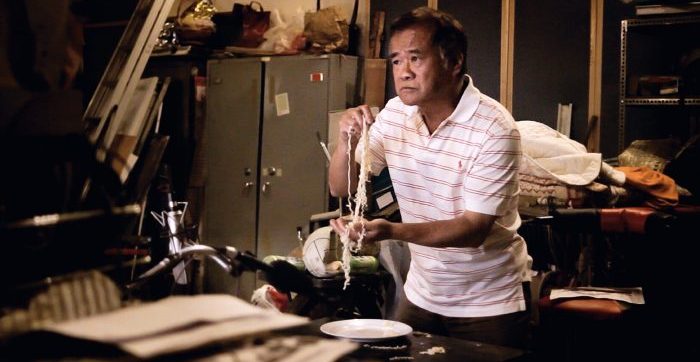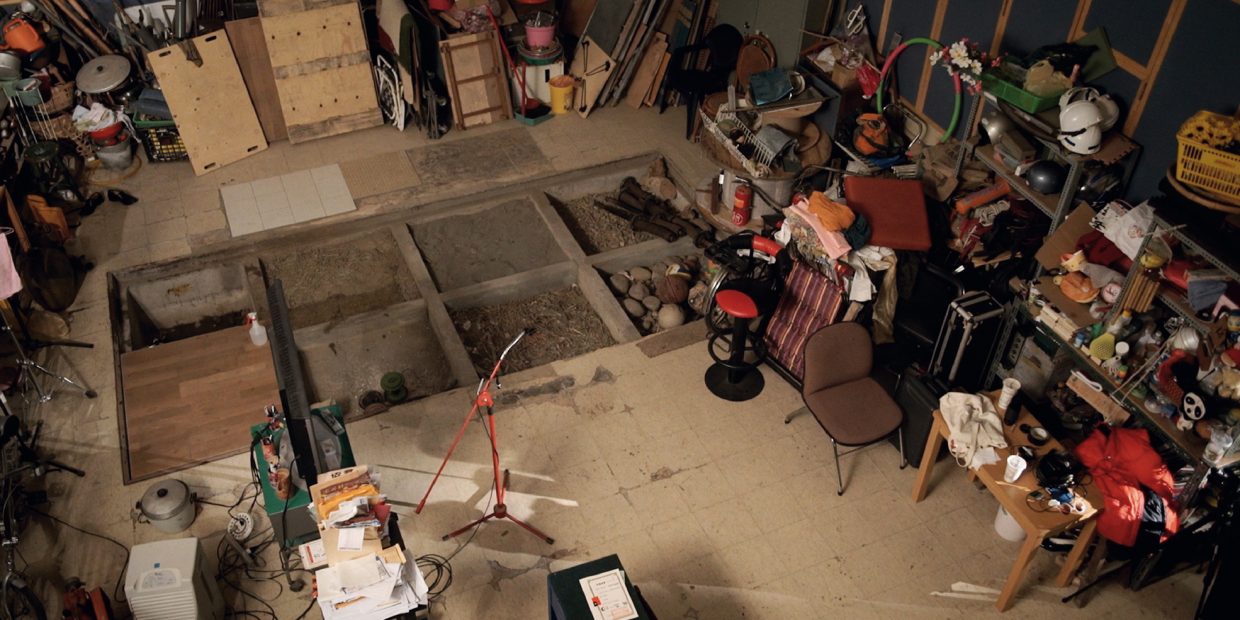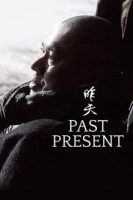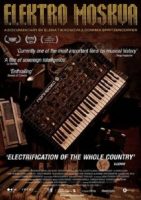Director: Wang Wan-jo
Tokyo International Film Festival review
In Wang Wan-jo’s enlightening, if rather nichey tribute to the unsung heroes of sound and their deceptively unobtrusive artistry, we see that there is more than one way to be a cinephile. It is a sad truth that since sound tends to be one of those aspects of film that strives to appear effortless and discrete, we usually only notice it when it’s handled badly. A Foley Artist addresses our neglect by studying the meticulous craft and dedication of the various practitioners in this field to the effect of almost creating an alternative film history based on the stimulation of the ears at least as much as the eyes.
The nearly wordless opening minutes prove fundamental in establishing an appropriately attentive mindset for the remainder of the film. In a gently hypnotic series of clips, we see Foley artist Hu Ding-yi quietly go about his day, wandering between slightly drab rooms, gathering equipment and, in one memorable moment, playing with a handful of noodles as he stares with almost trance-like concentration at the footage for which he is providing sound. Here is a man who views cinema (and therefore the world) in a different way, and this introductory segment of nearly static visuals set to incidental sounds gives us a taste of this audio-centric mentality by alerting our ears to the things we’d normally ignore.

Past this intro, the documentary takes on a more conventional form as Wang guides us through the development of sound via the recollections of various professionals. Be they Foley artists or dub actors, synchronisation is the common goal. This is true in the obvious sense of making the sounds match the pictures but also beyond this as these committed craftsmen immerse themselves in the movement of visuals to become rhythmically, emotionally and sometimes even culturally attuned to the characters and the worlds they inhabit.
Studies suggest that our ears tend to be more susceptible to rhythm than our eyes, a finding that’s reflected in the strange performances that we see emerge from patient processes of experimentation. The audio track of a chase sequence is provided by two young men whose erratic body movements, as they pound the ground and bump into their props, suggest an unconventional form of dance that implicitly mirrors the actions of the characters on screen. While most film fans will likely come away from A Foley Artist still convinced that the visuals should generally take precedence over the sound (and Wang isn’t exactly seeking to contradict this notion), the film offers a compelling case for the potential for genuine artistry in the latter, astutely referencing Godard, Resnais and Antonioni as examples of directors who were visionaries in both fields.
A film that deals in ideas before emotions (not that there’s none of the latter), A Foley Artist is overall too dry and unstructured in its analysis and too ‘specialist’ in its subject matter to sustain interest for the entirety of its hundred-minute runtime but it offers us plenty to chew on past the credits. On more levels than one, Wang Wan-jo’s homage to the men and women who have worked tirelessly in the shadows of more glamorous careers proves a worthy and illuminating reminder of the value of simply listening.
The Tokyo International Film Festival is held from the 25th October to the 3rd November. More info here.








